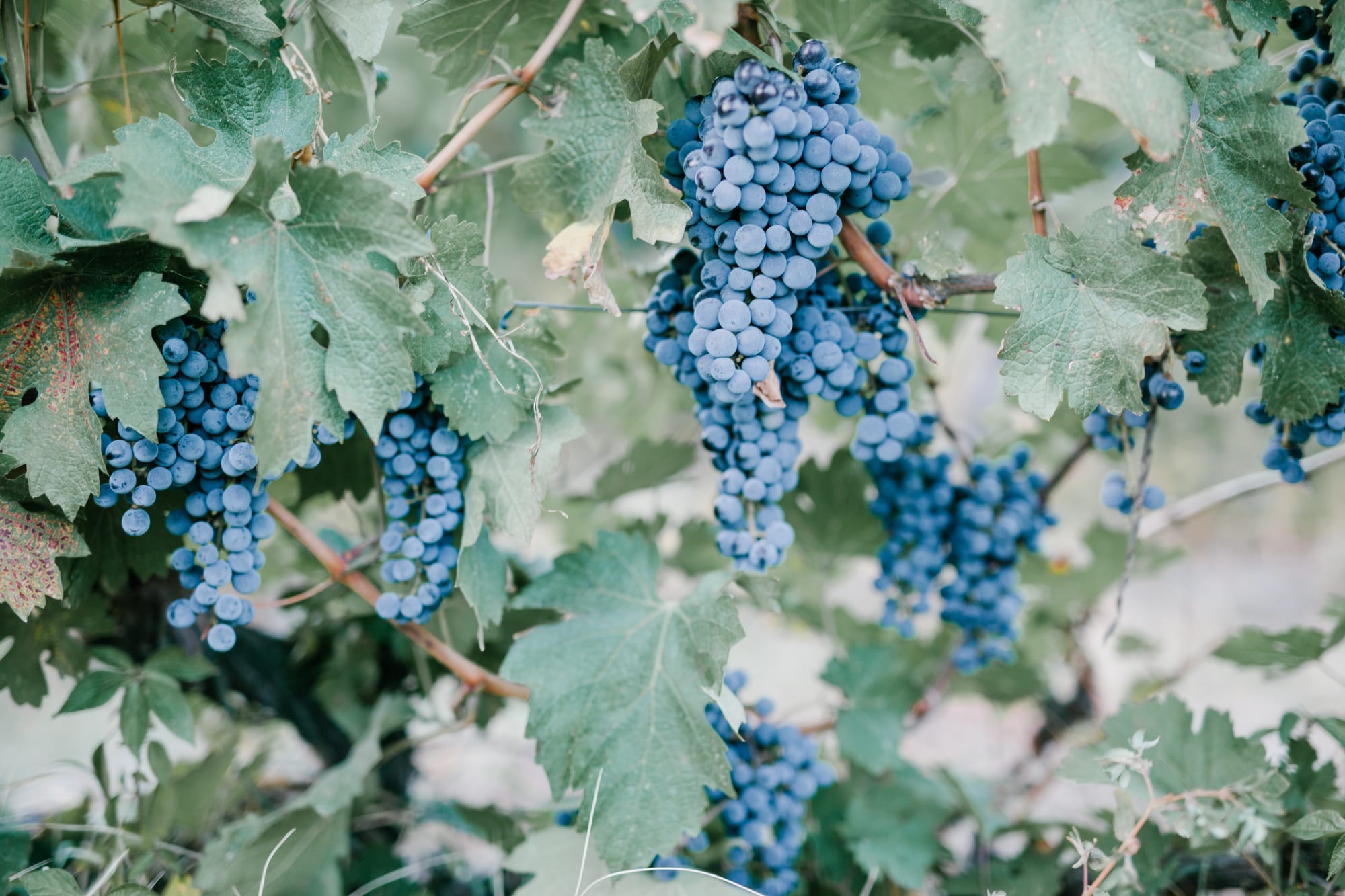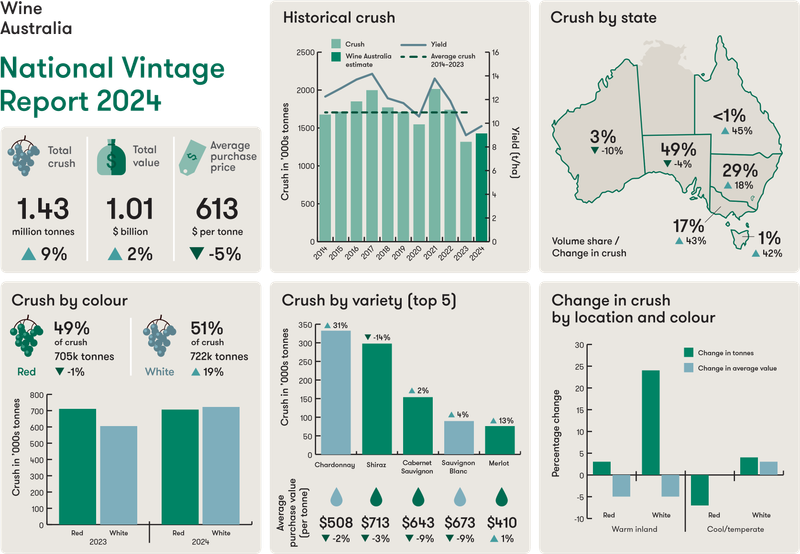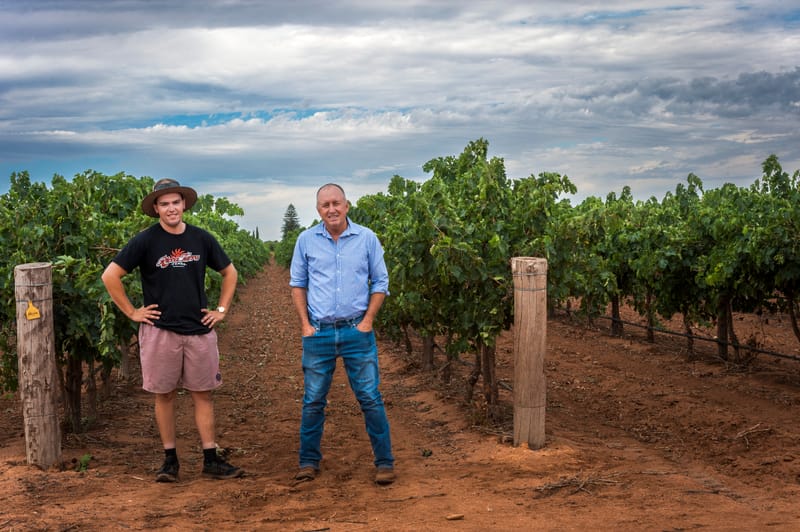Managing heavy vehicle risks this vintage
VINTAGE is a notoriously busy time. SA wine businesses are being reminded about heavy vehicle use and safety ahead of the 2023 vintage. Last year 1.73 million tonnes of grapes were picked and crushed around Australia and almost all of that fruit was...

VINTAGE is a notoriously busy time.
SA wine businesses are being reminded about heavy vehicle use and safety ahead of the 2023 vintage.
Last year 1.73 million tonnes of grapes were picked and crushed around Australia and almost all of that fruit was transported to wineries by heavy vehicles using public roads, prompting a reminder from the SA Wine Industry Association (SAWIA).
“With heavy vehicle use comes safety risk and to help manage that risk, chain of responsibility (CoR) laws exist,” said SAWIA business services manager Henrik Wallgren.
“CoR laws share heavy vehicle safety responsibilities by all parties in the chain: growers, contractor, transporters, wineries.”
Obligations include ensuring that goods are not overloaded, that they are secured properly, that vehicles remain roadworthy and that drivers are not encouraged or pressured to speed or drive while fatigued.
Under the Heavy Vehicle National Law (HVNL), individuals can be fined a maximum penalty of $354,000 or five years imprisonment, or both, and corporations can be fined $3.5m for breaches that cause risk of death or serious injury.
The National Heavy Vehicle Regulator (NHVR) works with industry to raise awareness of safety issues and its authorised officers and police officers have a role in ensuring compliance.
The NHVR and SAWIA held a pre-harvest engagement session in Langhorne Creek in January to remind wine businesses of their obligations in the lead-up to vintage.
Key tips for wineries, contractors and growers include:
- Ensure transport booking systems are flexible and allow for unexpected delays without penalty.
- Ensure reasonable arrangements are made to manage loading and unloading time slots.
- Ensure drivers and their schedulers can be contacted in case of delays.
- Establish contingency plans in advance in case of delays.
- Ensure vineyards and wineries have suitable places for drivers to rest.
- Ensure loads are appropriately restrained and vehicles not overloaded before leaving a site.
- Establish a process to address overloaded vehicles, i.e. who or what caused the issue and how to avoid overloading happening again.
NHVR’s Steve Eickhoff said the group’s vision was to have a safe, efficient, and productive heavy vehicle industry serving the needs of Australia.
“Chain of responsibility exists to eliminate or minimise risk to the safety of the heavy vehicle industry and wider community,” he said.
“It ensures everyone who works with heavy vehicles – from the business that employs a driver to the place where goods are delivered – is accountable for safety.”
To ensure a consistent national approach to chain of responsibility in the wine industry and to assist wine businesses meet their obligations, a Registered Industry Code of Practice is being developed by SAWIA and the NHVR, in partnership with Australian Grape & Wine Inc (AGW).
SAWIA and AGW held stakeholder sessions with wine industry representatives around Australia from 2020 to 2022 to source information and feedback to feed into the code, which will be drafted this year.
Once the code of practice is finalised, an educational program will be conducted across Australian wine regions and online, to educate parties in the wine supply chain about the code and how it can be practically implemented in their respective businesses.
Mr Wallgren said it was important for the wine industry to have its own code of practice as it faced its own unique set of challenges.
“For example, grape spills, which are the most visible safety risk in the wine industry, can cause vehicles to lose traction, they are difficult to clean up, residue can make roads sticky and gluey, and many of the spills are happening at night when they are more difficult to see,” he said.
“Across Australian wine regions there are different grapes being picked, different bins and trucks being used, and different distances being travelled, which all contribute different challenges.
“The code of practice must be comprehensive, practical and flexible to provide effective guidance to all members of the Australian grape and wine supply chain.”





